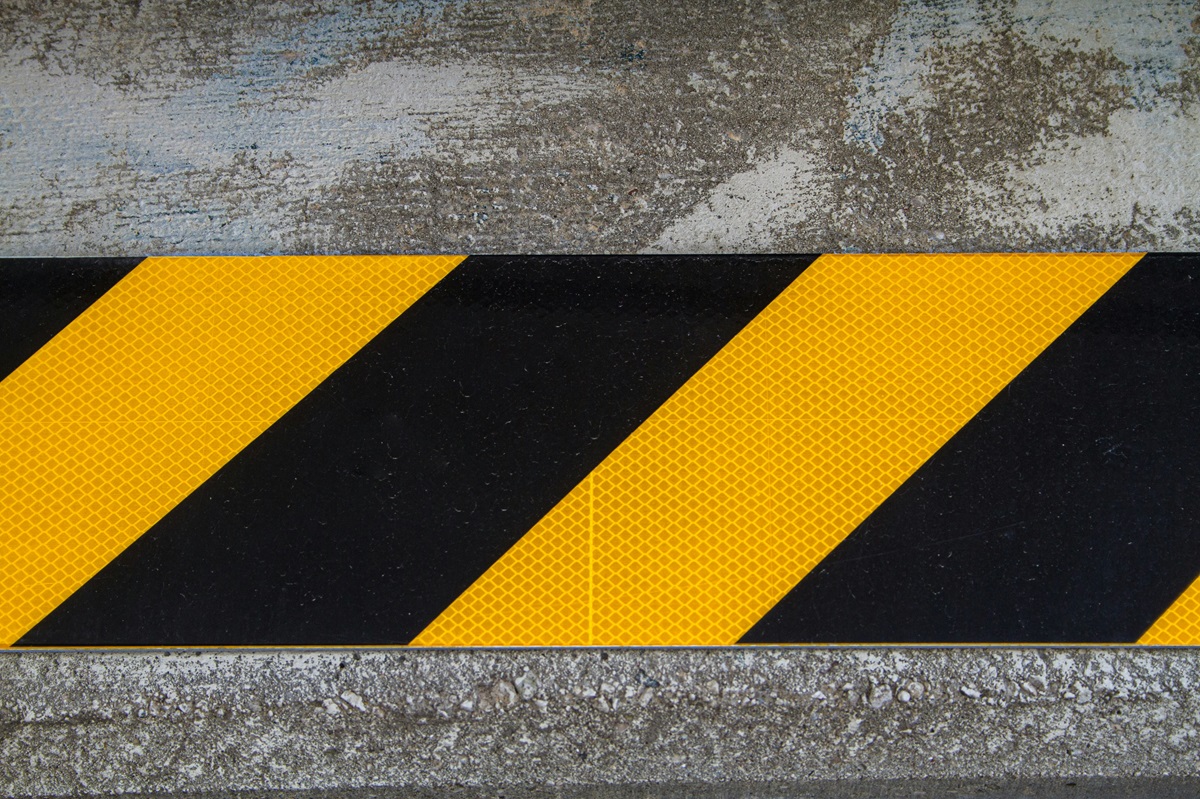
After a broad market correction following regulatory crackdowns (and the near default by the Evergrande Group in 2021), China struggled to recoup lost ground in the new year. Volatility has been a hallmark of 2022 so far, as most names in the Hong Kong and China markets rallied off their lows of mid-March – though still trading lower than many of our fair value estimates. Morningstar coverage of greater China equities posted a loss of 10.5% year-to-date, and now, on average, stocks trade at a 25% discount. Yet, some stocks have recovered, and well. Here is a list of the top performers in our coverage universe:
|
Name |
Sector |
Price / Fair Value |
Morningstar Rating |
YTD Return |
Annualized 3-Year Return |
|
CNOOC Ltd 00883 |
Energy |
0.67 |
4 |
41.93 |
-3.09 |
|
China Overseas Land & Investment Ltd 00688 |
Real Estate |
0.92 |
3 |
41.41 |
-0.66 |
|
PICC Property and Casualty Co Ltd Class H 02328 |
Financial Services |
0.92 |
3 |
28.95 |
2.38 |
|
Greentown China Holdings Ltd 03900 |
Real Estate |
1.43 |
2 |
23.04 |
27.17 |
|
Cathay Pacific Airways Ltd 00293 |
Industrials |
1.10 |
3 |
19.52 |
-13.24 |
|
China Citic Bank Corp Ltd Class H 00998 |
Financial Services |
0.71 |
4 |
19.16 |
-1.01 |
|
Postal Savings Bank Of China Co Class H 01658 |
Financial Services |
0.86 |
3 |
19.08 |
16.68 |
|
Bank of Communications Co Ltd Class H 03328 |
Financial Services |
0.94 |
3 |
18.87 |
0.77 |
|
PetroChina Co Ltd ADR PTR |
Energy |
0.89 |
3 |
18.43 |
-2.98 |
|
China Mobile Ltd 00941 |
Communication Services |
0.61 |
5 |
17.93 |
-5.45 |
No-Moats Outrun Moat-y Stocks
One thing to note among these high grainers is that the batch of year-to-date winners is of lower quality in terms of economic moat. Although no-moat stocks remain in the negative territory, they outperformed wide-moat stocks by nearly 10 percentage points.
|
Moat Rating |
YTD Return |
|
Wide |
(16.59) |
|
Narrow |
(12.76) |
|
None |
(7.65) |
Nine year-to-date winners come with a no-moat rating. China Mobile was an exception. With a narrow economic moat rating, our analysts believe the telecom giant enjoys a competitive advantage over its peers that could last at least the next 10 years.
‘Old Economy’ Rules
Energy, financial services, and basic materials stocks were the top performers, a trend in line with the rest of the world. Oil and gas producers in China rode on the back of strong oil prices following the Russian invasion of Ukraine. Names including our analysts’ top pick CNOOC averaged a YTD return of 15.9%, narrowing a 3-year annualized return to 4.4%. In financial services, mainland-based insurer PICC Property and Casualty Co posted the strongest gain, returning 29.0%.
The worst losses came from technology and consumer cyclical stocks, mainly the growth-tilted e-commerce platforms and internet giants. The sector that has seen the largest price dislocation is communication services, trading 41% below our fair value estimates.
|
Sector |
YTD Return |
Annualized 3-Year Return |
Average Price / Fair Value |
|
Basic Materials |
2.68 |
1.79 |
0.63 |
|
Communication Services |
(9.48) |
(9.97) |
0.59 |
|
Consumer Cyclical |
(22.20) |
(4.82) |
0.68 |
|
Consumer Defensive |
(20.83) |
(1.93) |
0.75 |
|
Energy |
15.85 |
(4.37) |
0.91 |
|
Financial Services |
3.69 |
(1.16) |
0.83 |
|
Healthcare |
(21.77) |
(5.41) |
0.66 |
|
Industrials |
(2.74) |
(6.44) |
0.99 |
|
Real Estate |
(4.17) |
(5.28) |
0.68 |
|
Technology |
(29.42) |
2.74 |
0.68 |
|
Utilities |
(12.56) |
5.13 |
0.84 |
The sectoral performance is closely tied to style rating. Surging oil prices fueled a rally in energy stocks which also form a large proportion of our coverage of value stocks, leading to contrasting gains among value, core, and growth stocks.
|
Style |
YTD Return |
Annualized 3-Year Return |
Average Price / Fair Value |
|
Value |
(4.04) |
(8.91) |
0.75 |
|
Core |
(13.58) |
4.08 |
0.78 |
|
Growth |
(32.21) |
12.62 |
0.69 |
Despite gains buoyed by the current geopolitical environment, our analysts forecast a less rosy outlook for the energy producers. “The negative earnings outlook expected for the energy names are based on our view that oil prices will normalize to our midcycle market equilibrium forecast of US$ 60 per barrel for Brent crude from the current high level,” says Lorraine Tan, director of equity research, Asia at Morningstar. She continues: “We believe oil and gas prices are at their peak levels currently largely due to geopolitical risk, and these are generally not sustainable.”
Flows Into Carbon Emitters
Much of the investor attention has been on the huge gains seen in stocks of companies that produce oil and gas. Moreover, there’s another side to these handsome gains. More expensive energy prices were part of the reasons that led to capital flows into names that are less ESG-aware.
Over the past 3 months or so, greater China equities with severe ESG risks were the only group that returned positive, averaging a gain of 1.5%. Over the same period, companies with low and medium ESG risks were most penalized with a 16.2% and 13.1% loss, respectively.
|
ESG Risk Rating |
YTD Return |
Annualized 3-Year Return |
Average Price / Fair Value |
|
Negligible |
(0.65) |
(4.11) |
0.43 |
|
Low |
(16.16) |
(8.54) |
0.63 |
|
Medium |
(13.14) |
(4.18) |
0.77 |
|
High |
(4.49) |
1.61 |
0.82 |
|
Severe |
1.51 |
(3.11) |
0.83 |
Top Picks
After the correction, the undervaluation of Chinese companies presents a strong investment case, but securities selection remains key.
“We believe risks from slower demand growth in China are largely factored in. The recent supportive rhetoric from the government is positive and we think expansionary policies will be forthcoming. Notably, regulatory concerns are also being softened. Also, China's monetary cycle is running counter to that in the U.S. and a number of other global economies. We think this should help lift the attraction of China securities, especially as regulatory risks diminish,” Tan says. She lists 15 top stock picks in the market using five qualities:
- Ability to counter inflation risks
- Beneficiary of supportive monetary and fiscal policies
- Relative shelter from geopolitical risks
- Relative shelter from regulatory risks
- Relatively attractive long-term growth drivers
On picking stocks, Tan adds: “Naturally, we prefer moat-y companies we think have a stronger ability to either pass on higher costs and/or are in a better position to contain costs. We think the risk of prolonged higher costs carries potential disappointment into 2023. At the same time, we think a large degree of these concerns is reflected in current share prices.”
Data as of April 13, 2022.
©2022 Morningstar. All rights reserved. The information, data, analyses and opinions presented herein do not constitute investment advice; are provided as of the date written, solely for informational purposes; and subject to change at any time without notice. This content is not an offer to buy or sell any particular security and is not warranted to be correct, complete or accurate. Past performance is not a guarantee of future results. The Morningstar name and logo are registered marks of Morningstar, Inc. This article includes proprietary materials of Morningstar; reproduction, transcription or other use, by any means, in whole or in part, without prior, written consent of Morningstar is prohibited. This article is intended for general circulation, and does not take into account the specific investment objectives, financial situation or particular needs of any particular person. Investors should consult a financial adviser regarding the suitability of any investment product, taking into account their specific investment objectives, financial situation or particular needs, before making any investment decisions. Morningstar Investment Management Asia Limited is licensed and regulated by the Hong Kong Securities and Futures Commission to provide investment research and investment advisory services to professional investors only. Morningstar Investment Adviser Singapore Pte. Limited is licensed by the Monetary Authority of Singapore to provide financial advisory services in Singapore. Either Morningstar Investment Management Asia Limited or Morningstar Investment Adviser Singapore Pte. Limited will be the entity responsible for the creation and distribution of the research services described in this article.













.png)


.jpg)





